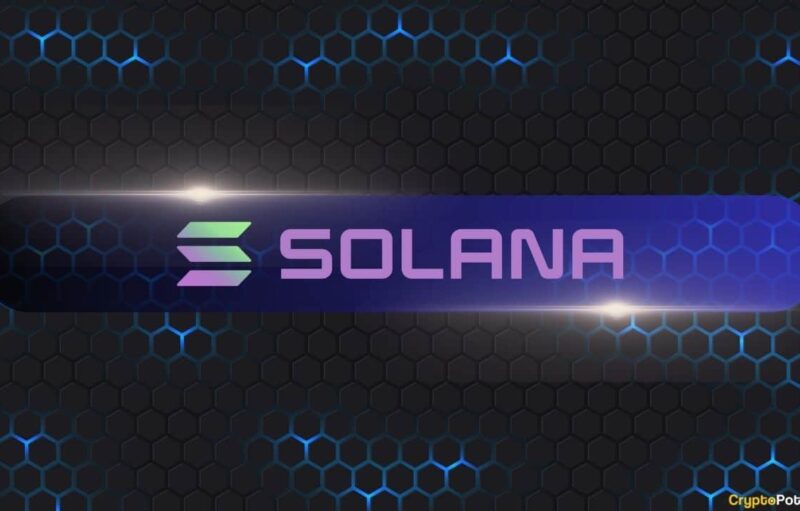
While most of the excitement around blockchain comes from its use in cryptocurrencies, designers are beginning to find interesting ways to solve system problems using blockchain and other forms of distributed ledger technology (DLT). The most commonly used data structure for distributed ledgers is the blockchain.
With its features providing distributed and trusted data using no central server, DLT seems a natural tool for many complex distributed systems, and a number of implementations have been proposed.
In this article, we will provide you with a detailed guide on the Distributed ledger technology. Let us look in detail now.
What is Distributed ledger Technology?
Distributed ledger technology (DLT) is one of the key technologies responsible for bringing the openness of the web back without compromising its security. The commercial and legal transactions can now be handled completely on the web as DLTs provide a more secure and accountable environment for exchanging digital assets in the forms of currencies, popularly known as cryptocurrency.
A distributed ledger is a distributed record of transactions, maintained by consensus among a network of peer to peer nodes. Consensus can be described professionally as an acceptable resolution, one that can be supported. It is basically a mechanism that is used to achieve the required agreement on a single data between the distributed system. It is useful in recordkeeping.
This means that certain rules should be followed before adding a new block to the chain. It further states that for anyone to earn the right to add information or block in the ledger one must solve the cryptographic problem which requires computational power to solve. The most widely recognized form of DLT is the blockchain structure, which provides the basis for cryptocurrencies and a variety of other applications.
DLT Types
DLT platforms occur into two main categories: Permissionless (public), and Permissioned (private).
1) Permissionless: In permissionless DLT platforms, the ledger is accessible to everyone as it is maintained by collaborative action among nodes in the public network. Anyone may enter the network and engage in a block verification process to establish consensus. The Bitcoin and Ethereum blockchains are one example of permissionless blockchain.
2) Permissioned: The Permissioned DLT platform excludes those actors who may contribute to the system state consensus. Approved blockchains do not contain this property. The ledger is maintained by authorized nodes and is accessible to registered members only. Permissioned platforms enable faster validation of transactions and can offer improved privacy.
Distributed ledger technology Properties
The features of the Distributed ledger technology (DLT) can be briefly described as follows:
1) Pseudo-anonymity: Especially for cryptocurrency, blockchains enable participation using only identifiers. Permissioned blockchains may not include this property.
2) Transparency: Every participant can see all transactions on the blockchain, although they may be anonymized. This property may also not be provided in the Permissioned systems.
3) Small transaction size: Blockchains were originally designed for monetary transactions, so messages are assumed to be relatively small.
4) Immutability: As a consequence of the linked chain of cryptographic hashes of records, a change to one record would cause the hash of subsequent records to be invalid, so changes require recomputing the entire chain. Thus it is generally difficult to change any record in a blockchain.
5) Block ordering guarantee: The consensus mechanism ensures the ordering of the blocks and therefore transactions, preventing the possibility of double-spending.
6) Decentralization: There is no central authority for records. With each update, records are dispersed to peer nodes simultaneously, who ensure the updates are correct.
7) Replication and Synchronization guarantee: The transactions are duplicated across all nodes of the network so that every node has an identical copy of all transaction records, current to the most recent update cycle.
8) Integrity protection: Cryptographic hashes are used to guarantee that records have not been changed.
How DLT Works ?
Step 1: Distributed Ledger is a linked list of sets of transactions between the peers of a network, ordered by time, and where each peer holds a local copy.
Step 2: A record is a transaction being stored in the ledger by a peer node. It is often encrypted using a cryptographic key to assure integrity and non-repudiation.
Step 3: The transaction handling with the distributed ledger technology (DLT) such as Blockchain is shared among the parties.
Step 4: The distributed ledger is maintained based on the consensus of users. There is no central authority/clearinghouse or centralized data storage.
Step 5: The digital data is replicated, shared, and maybe spread across multiple physical locations or nodes.
Distributed ledger technology Platforms
1) Bitcoin BlockChain: The first distributed ledger was conceptualized in the form of BitCoin BlockChain. It was implemented to realize the cryptocurrency bitcoin’s core infrastructure that maintains a public ledger for all Bitcoin transactions on the network. Bitcoin blockchain made it possible to solve the double-spending problem without requiring a trusted authority and made cryptocurrencies practical.
2) Ethereum: Ethereum is another growing DLT platform. It is an open-source public blockchain that is programmable and supports smart contract functionality. It supports a modified version of BitCoin’s consensus mechanism that allows more efficient block time while mining.
3) HyperLedger Fabric: Hyperledger Fabric is an open-source collaborative DLT that is a Permissioned (private) blockchain. Hyperledger brings blockchain-based distributed ledgers into a wide range of applications. Hyperledger Fabric has a modular architecture with plug-and-play modules for consensus mechanism and Ledger services.
4) Ripple: Ripple, a decentralized platform, was one of the first, a kind of distributed ledger a bit like a blockchain, It allows users to send money between each other. The company Ripple invented the Ripple payment protocol and exchange network. It was originally named Opencoin and renamed Ripple Labs in 2015.
Conclusion
Distributed ledger technologies have shown the great potential that could revolutionize many industries. Decentralization, security, trust, and low cost of operations are among the properties brought by DLTs. Additionally, the rapid development in the blockchain community suggests that many of the open issues are being investigated.
Blockchain has served as a synonym for distributed ledger technology for years. And the situation is changing now.
- What is Distributed ledger technology?
Distributed ledger technology (DLT) is one of the key technologies responsible for bringing the openness of the web back without compromising its security.
- How does DLT work?
Distributed Ledger is a linked list of sets of transactions between the peers of a network, ordered by time, and where each peer holds a local copy.
- What are the Distributed ledger technology types?
DLT platforms can be divided into two main categories: Permissionless (public), and Permissioned (private).
- Which are the major Distributed ledger technology platforms?
Some of the major Distributed ledger technology platforms are Ethereum, Ripple, Bitcoin Blockchain and Hyperledger fabric.
The post appeared first on Coinpedia






